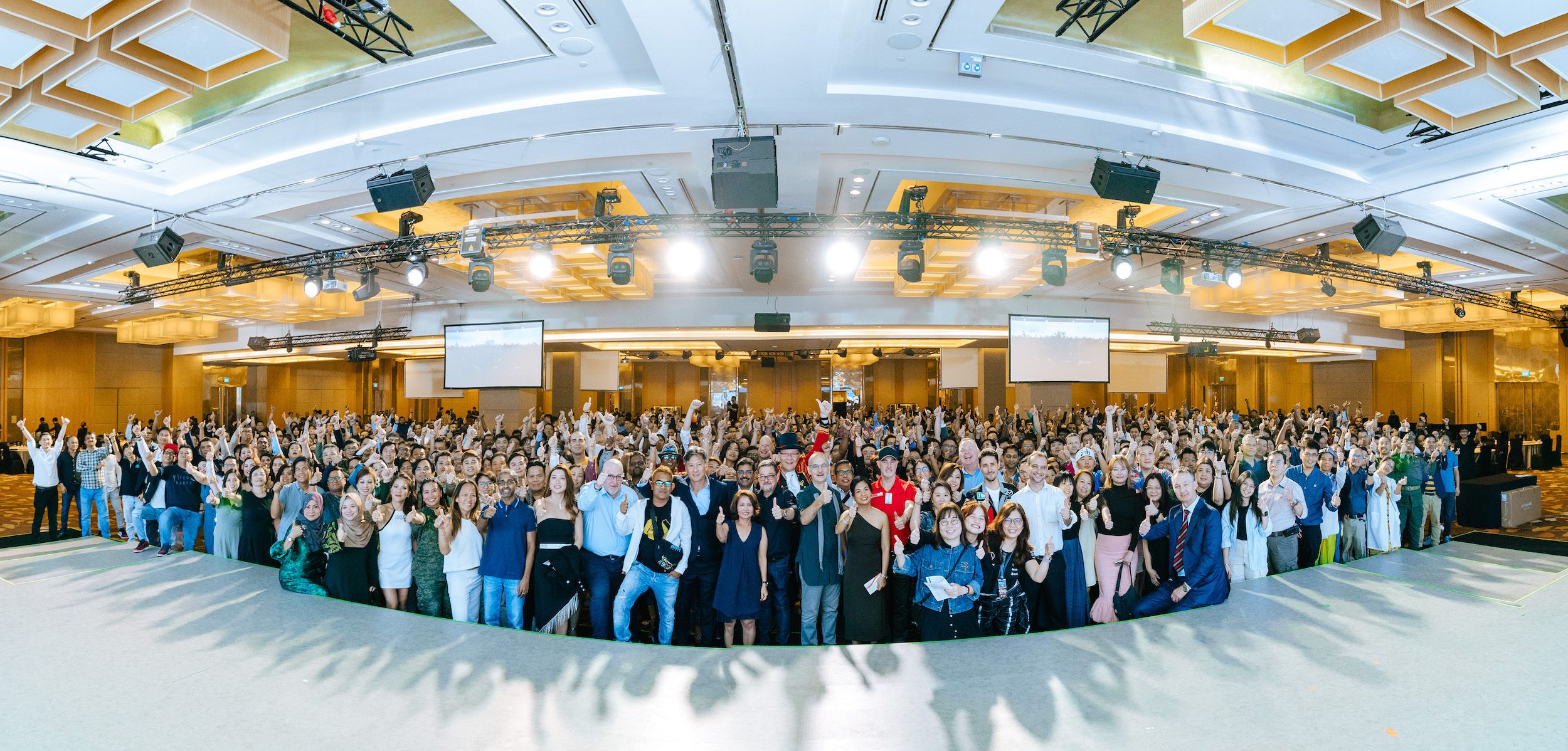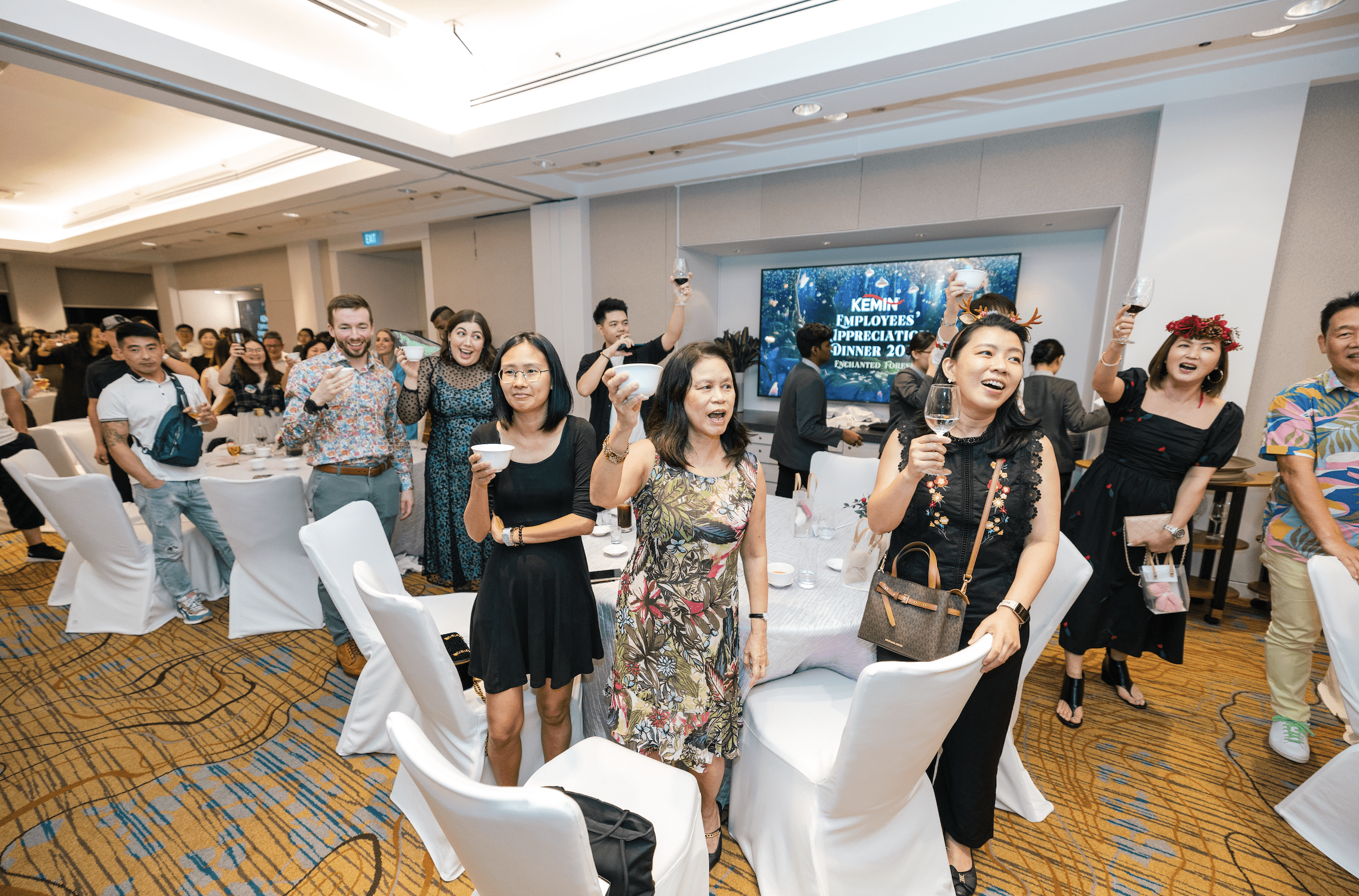Entertainment Extravaganza: Ideas to Keep Guests Engaged at Your Dinner and Dance
Hosting a dinner and dance event is a fantastic way to bring people together for an evening of fun, food, and festivity. However, the key to a memorable event lies in keeping your guests entertained and engaged throughout the night. Here are some creative ideas to ensure your dinner and dance event is an unforgettable entertainment extravaganza.
Themed Decor and Dress Code
Setting a theme for your event can instantly elevate the atmosphere and create a sense of excitement. Whether it’s a glamorous Hollywood night, a 1920s Gatsby party, or a tropical luau, themed decor and a matching dress code can make the event visually stunning and immersive. Encourage guests to embrace the theme with their attire, and consider offering prizes for the best-dressed attendees to add a competitive edge to the fun.
Live Music and Performances
Live entertainment is a surefire way to captivate your audience. Hiring a live band or a DJ can set the perfect mood and keep the energy high. Additionally, consider incorporating live performances such as dancers, magicians, or even a comedian to add variety and surprise elements to the evening. Interactive performances, where guests can participate, can also enhance engagement and make the event more dynamic.
Interactive Food and Drink Stations
Interactive food and drink stations are a hit at any event. Instead of a traditional sit-down dinner, opt for food stations where guests can watch chefs prepare dishes live or create their own culinary masterpieces. Options like build-your-own taco bars, pasta stations, or sushi rolling stations can be both delicious and entertaining. Similarly, cocktail-making stations or wine-tasting booths can add an interactive and educational twist to the beverage offerings.
Photo Booths and Instant Prints
Photo booths with fun props and backdrops are always a crowd-pleaser. They offer guests a chance to let loose and capture memorable moments. To make it even more engaging, consider incorporating a theme-specific backdrop and props. Providing instant prints or digital copies that guests can take home as souvenirs will ensure they remember the night long after the event ends.
Dance Floor and Lessons
A dance floor is a must-have for any dinner and dance event. To get everyone involved, consider hiring professional dancers to give a short lesson at the beginning of the evening. Whether it’s salsa, swing, or ballroom, dance lessons can break the ice and encourage even the most reluctant dancers to hit the floor. As the night progresses, having a DJ or live band play a mix of popular dance tunes will keep the party going strong.
Games and Competitions
Incorporating games and competitions can add an element of fun and friendly rivalry to your event. Consider activities like a dance-off, trivia quiz, or karaoke contest. If you have a larger budget, you could even set up casino-style gaming tables for a touch of Vegas glamour. Prizes for the winners can add extra motivation for participation and create memorable moments.
Surprise Performances
Surprise elements can add a wow factor to your event. Coordinating a flash mob performance or surprise act can take guests by surprise and heighten the excitement. Whether it’s a sudden dance performance by a group of professionals or a surprise appearance by a celebrity guest, these unexpected moments can leave a lasting impression.
Customized Entertainment
Personalizing the entertainment to suit your audience can make the event more meaningful and engaging. For corporate events, consider incorporating elements that highlight company achievements or milestones. For social gatherings, including a segment where guests can share stories or memories related to the theme can create a more intimate and connected atmosphere.
Tech-Enhanced Experiences
Leveraging technology can elevate the entertainment experience. Consider using event apps that allow guests to vote for songs, participate in live polls, or send messages that can be displayed on a big screen. Virtual reality stations or augmented reality photo ops can also add a modern and exciting twist to your event.
Conclusion
Creating an entertainment extravaganza for your dinner and dance event requires a mix of creativity, planning, and understanding your audience. By incorporating a variety of engaging activities, interactive experiences, and surprise elements, you can ensure that your guests remain entertained and leave with unforgettable memories. Whether it’s through themed decor, live performances, interactive food stations, or tech-enhanced experiences, the goal is to create a dynamic and enjoyable atmosphere that keeps everyone entertained from start to finish.
To head back to read another article in our blog, click here.







